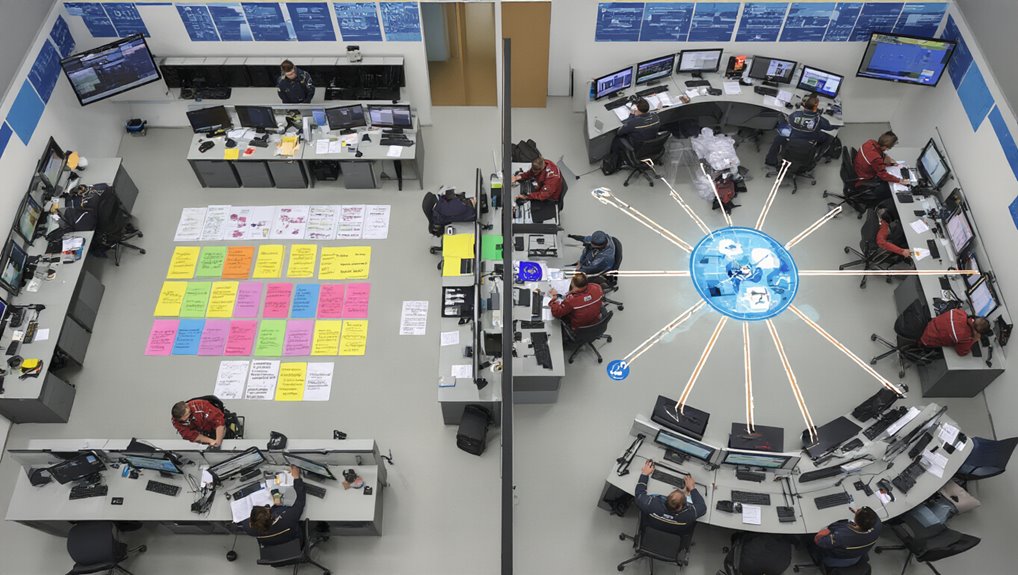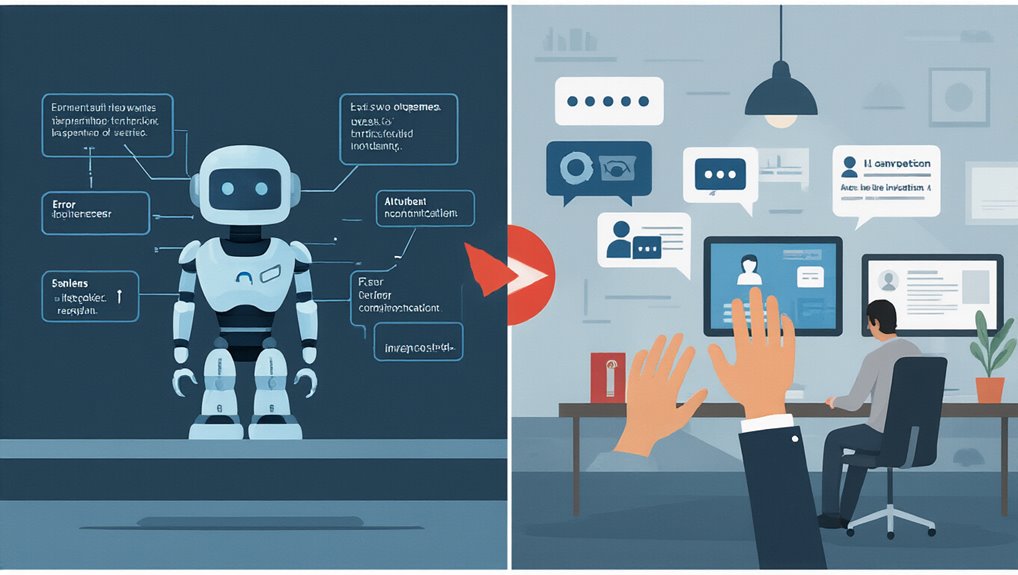In today’s fast-paced IT environments, efficient incident management can mean the difference between minor disruptions and catastrophic failures. At the heart of this process lies the incident priority matrix—a tool designed to standardize how organizations respond to technical issues. Despite their widespread adoption in ITIL and ITSM frameworks, many matrices fail to deliver their intended benefits, leading to misallocated resources and extended downtime.
Most priority matrices falter due to fundamental implementation problems. Organizations often create overly complex systems with too many priority levels, making consistent application nearly impossible. When IT teams can’t quickly determine whether an incident is P2 or P3, they waste valuable response time debating classifications rather than resolving issues.
Complexity is the enemy of effective incident response—when classification takes longer than resolution, your matrix has failed.
Additionally, matrices frequently become static documents that organizations rarely update, creating a growing disconnect between prioritization schemes and evolving business needs.
The core components that truly drive effective incident prioritization are simpler than most matrices suggest. Impact assessment should focus on three key factors:
- Number of users affected
- Financial consequences
- Reputational damage potential
Similarly, urgency determination works best when evaluated through:
- Time sensitivity before further damage occurs
- Availability of workarounds
- Business cycle considerations (month-end processing vs. normal operations)
Successful organizations recognize that priority isn’t merely a mechanical calculation but requires contextual judgment. They train staff thoroughly on matrix application while empowering them to escalate incidents that don’t neatly fit predefined categories. Utilizing a well-defined incident priority matrix enables organizations to achieve efficient resource allocation across their IT teams.
These organizations also regularly review their matrices against actual incident data, refining categories and response times based on real-world outcomes rather than theoretical frameworks. Implementing AI-driven ITSM can further reduce system downtime by up to 30% while streamlining the incident management process. A clearly defined prioritization framework ensures consistency in how incidents are assessed and addressed, preventing subjective interpretations that lead to improper resource allocation.
To revitalize your incident prioritization system, start by simplifying your matrix to no more than three impact and three urgency levels. Ascertain each priority level connects directly to specific SLA targets, creating accountability throughout the response process.
Most importantly, build regular matrix reviews into your continuous improvement cycles, adjusting as your technology landscape and business priorities evolve.









